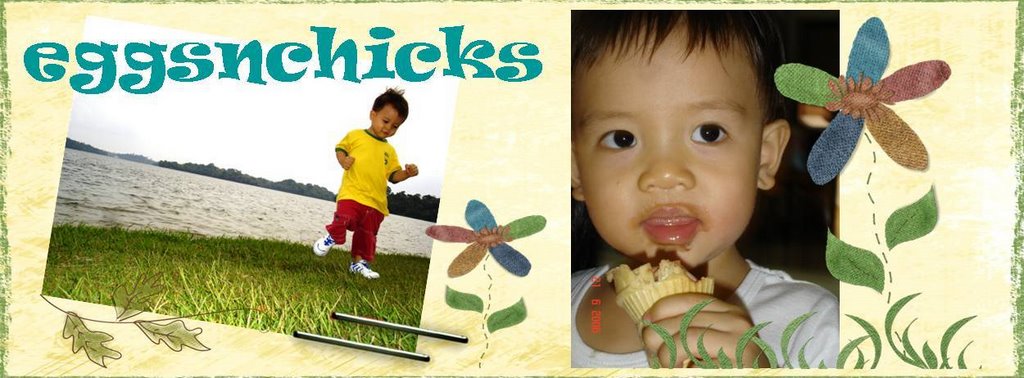Attended the Asian Children's Writers and Illustrators Conference.
Met someone today whom I never thought I'd meet. Ho Minfong, the author of Sing to the Dawn. I read it when I was 14 years old! (The only other literature text I enjoyed was Harper Lee's To kill a Mockingbird)
Right now, I'm into books writted by Rohinton Mistry. His book A Fine Balance got me depressed and so, I went on to buy his other book, which I'm now reading called Tales from Firozsha Baag. I have the propensity for self inflicted mind torture as you can see. Had to convince myself that reading A Fine Balance and We need to talk about Kevin by Lionel Shriver back to back was the combi that got me morosed.
Anyway, back to the conference. What did I learn?
(1) Our state libraries subscribe to certain standards. Books that fall out of these standards will never be acquired for the reading public.
Oh...he who does not read books is wondering when the lights can be turned off. Later...(the next morning)...Read an article featuring Ho Minfong in the papers. What a small world. Her brother, the successful businessman she talked about but did not name during her speech is none other than Ho Kwon Ping, founder and chairman of Banyan Tree Holdings. Attended his talk on entreprenuership some many years ago in NUS. Wow! Again. And now, back to what I have learnt....
(2) This is the normal ecosystem: Author => Agent => Publisher => Distributor => Bookseller => Reader
(3) This is how the monies are distributed through the ecosystem.
Bookseller 35-50%
Distributor 10-15%
Publisher 10-15%
Agent 10-15%
Printing 10-15%
Author (10)-25%
Yes, the author, unless very famous and very successful in the first place, makes no money at all. They are like algae. Responsible for sustaining the ecosystem but gets no recognition at all for their importance.
I have to take another break. Later... Back. From the book fair at Expo, beach and dinner with your YeYe. It's 10pm now
(4) Top 10 lists. In the UK, it's based on receipts from the till. In the US, it's based on the numbers sold to the booksellers (Meaning, all you need to do is print half a million books, ask Borders to stock them for a day and immediately, you become a bestseller.
(5) Books sell better if they come in a series. Harry Potter did not take off until Book #4. Think about it. Secret Seven, Famous Five, Mr Midnight...
(6) Manuscripts: If even you need to send them out, please remember to double space them. Otherwise, one more reason (if not the only) to not read them.
(7) Who influences book selection?
Recommendation from a friend 40%
Author 35%
Review 24%
Advertisement 14%
Promotion 5%
Book Club 4%
(8) Pictograms & Infographics. This is very important in children's books. The combination of words and pictures needs to be balanced properly.
(9) Graphic Novels are becoming more and more popular.
(10) In Singapore, don't expect to sell more than two to three thousand books per title. And going by this example, the 'Teenage Textbook', which sold about fifty thousand copies during it's heyday, is considered a phenomenal success.
Saturday, November 18, 2006
Subscribe to:
Post Comments (Atom)



No comments:
Post a Comment